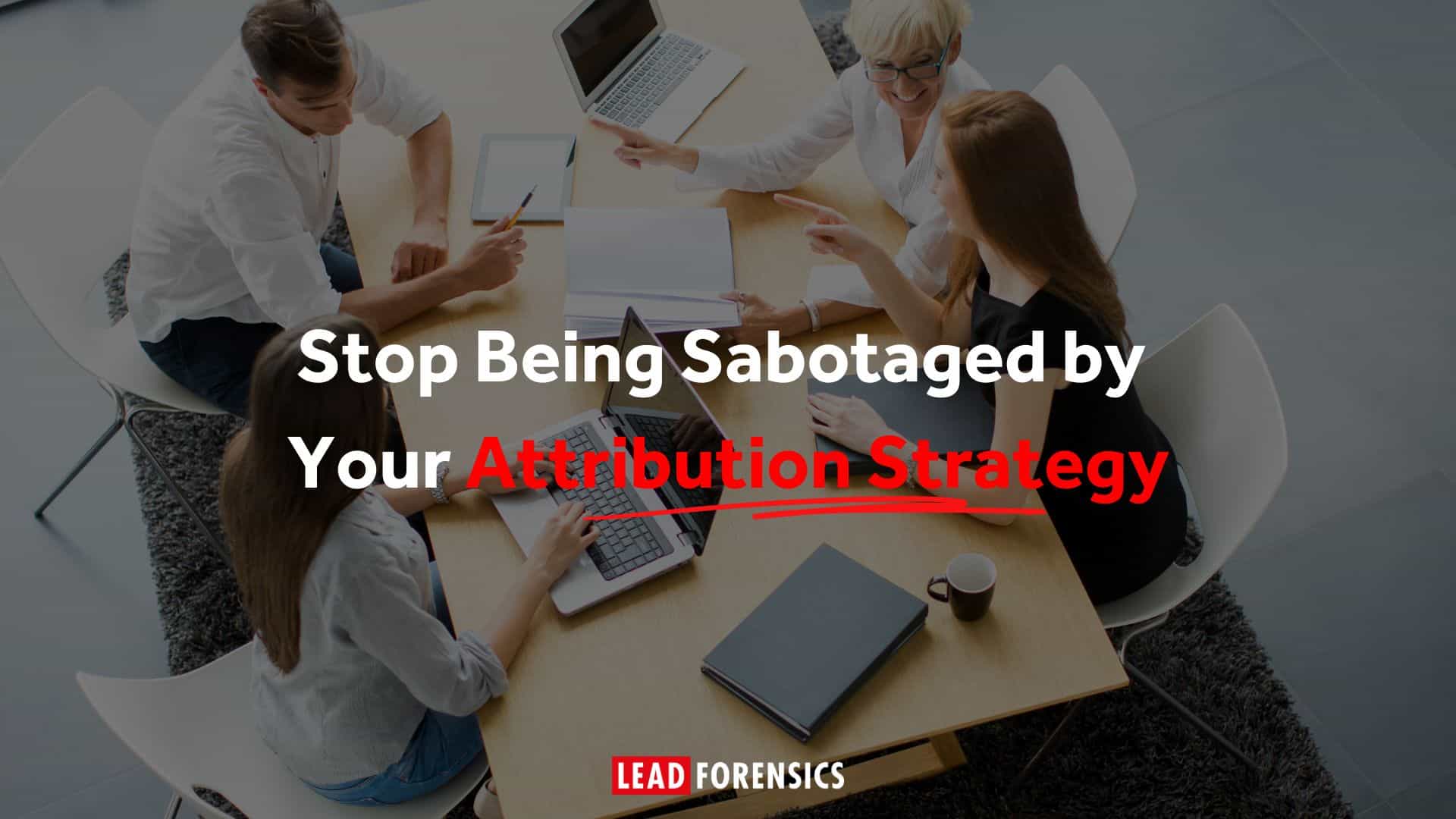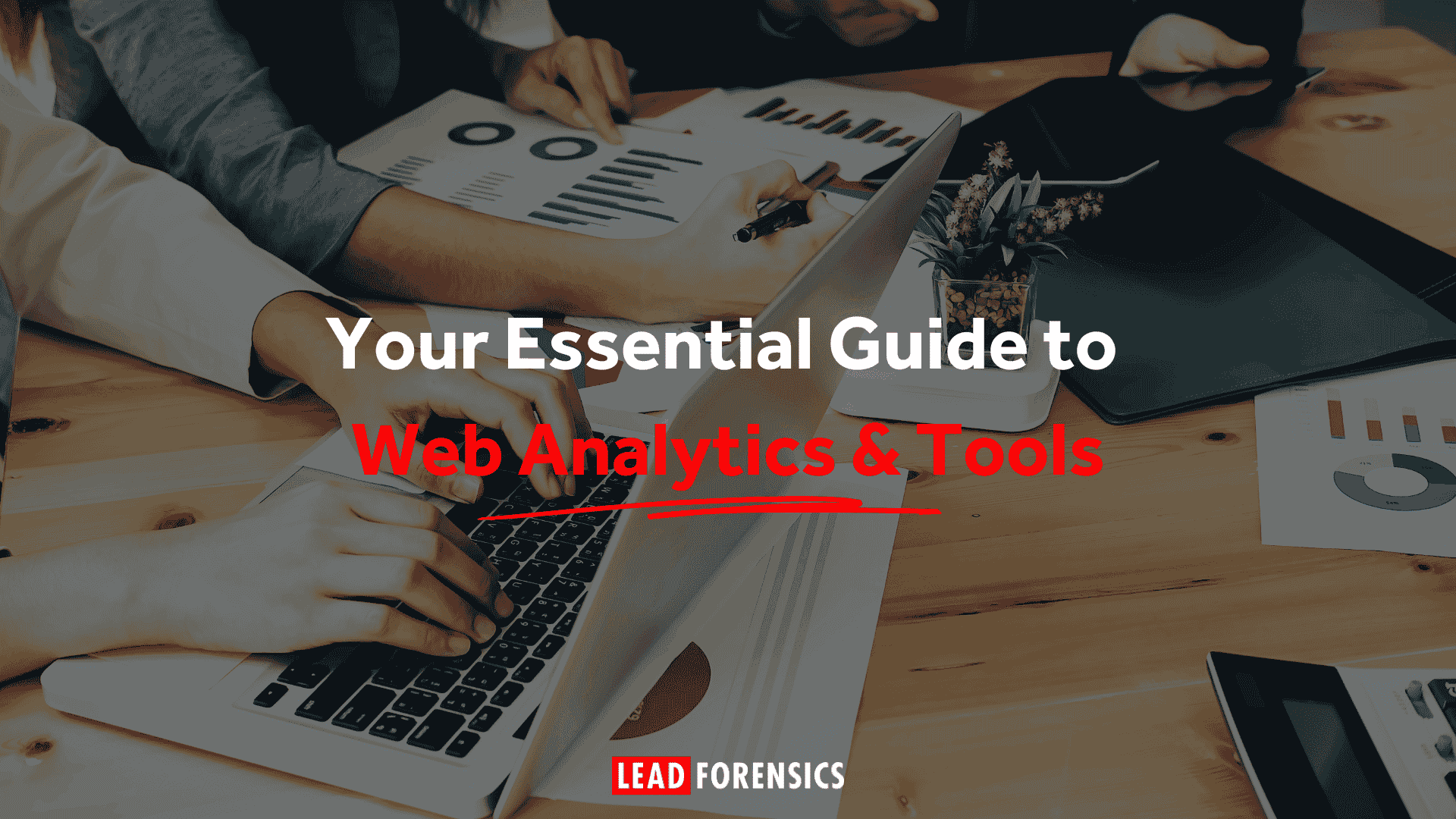In recent years, B2B companies have undergone a significant transformation, embracing the idea of “creating value” as a concise and appealing alternative to simply “helping our customers.” As part of this shift, sales professionals have redefined their approach, placing emphasis on making revenue a natural outcome rather than the primary goal.
Who are you more likely to buy a car from: A pushy salesperson who aggressively promotes a high-performance sports car even though you have a family and need a practical vehicle, or a friendly one who listens to your lifestyle and preferences, and recommends a spacious and safe family car that suits your needs perfectly?

If you’ve been in the B2B landscape for a while, you’re already well aware that things are never static. The way we do business is in constant flux, shaped by advancements in technology, shifts in buyer behavior, and the ever-changing global economic climate. Specifically, sales prospecting techniques—the strategies we use to identify potential customers—have seen a significant shift in recent years.
Remember the days when cold calling and door-to-door sales dominated the world of B2B sales? Well, those techniques, while not entirely obsolete, have certainly taken a backseat in favor of more modern, digitized, and customer-centric approaches. Today, successful B2B sales prospecting is about leveraging technology, building relationships, and providing value to your potential customers. In other words, it’s time we moved with the times!
Now, why is this modernization so important? In an age where digital technology has brought businesses closer than ever to their prospective customers, traditional techniques may not cut it anymore. Your prospects are out there, interacting with brands online, consuming content, and making buying decisions based on the value they receive. Your business needs to be where they are and engage with them in meaningful ways. This is where modern prospecting techniques come in.
So, what exactly can you look forward to in this blog post? We’re going to dive deep into the pillars of modern B2B sales prospecting—Social Selling, Email Prospecting, Content Marketing, and SEO. We’ll discuss how these techniques have revolutionized prospecting and how they work together to create a comprehensive and effective strategy.
But that’s not all! We’re also going to touch on the power of data analytics and how you can leverage it to enhance your prospecting efforts. And, for those of you who love to think outside the box, we’ve got some unusual yet highly effective prospecting techniques to share.
So, get ready for a deep dive into the world of modern B2B sales prospecting!
The Pillars of Modern B2B Sales Prospecting
Alright, now that we’re all warmed up, let’s dive into the heart of the matter: the pillars of modern B2B sales prospecting. Just as a building stands firm on its strong columns, your sales prospecting strategy should rest on these four key pillars: Social Selling, Email Prospecting, Content Marketing, and SEO. Don’t worry, we’ll break down each one, so grab a cup of coffee and let’s get started!
Social Selling: Once upon a time, selling was primarily about the product. But today, it’s all about relationships. That’s where social selling comes into play. This isn’t about blasting your audience with promotional messages on social media. Instead, it’s about using these platforms to build and nurture relationships with potential customers. It’s about engaging with them, providing value, and positioning yourself as a trusted advisor. Sites like LinkedIn have become a veritable goldmine for B2B social selling.
Email Prospecting
Yes, in this day and age, email is still a kingpin. But we’re not talking about indiscriminate spamming or cold, impersonal emails. We’re talking about personalized, well-crafted emails that pique your prospect’s interest and drive engagement. Combining automation with a human touch can help manage the scale without compromising on quality or personalization.
Content Marketing
What’s the best way to show your prospects that you understand their challenges and can provide solutions? By creating and sharing valuable content, of course! Blogs, ebooks, webinars, infographics – the list goes on. Quality content can draw prospects towards your brand, position you as an industry authority, and guide them through the buying journey.
Search Engine Optimization (SEO)
Think about this: when you need to find a product or service, where do you go first? For most of us, it’s Google. That’s exactly why SEO is so important. By optimizing your content and website for relevant search queries, you can attract organic (and free!) traffic to your site. Over time, you can convert these website visitors into leads and, eventually, into customers.
But here’s the thing: these four pillars don’t work in isolation. They’re interconnected and complementary. For example, your content marketing efforts fuel your SEO strategy by providing valuable, keyword-rich content.
Your social selling initiatives can distribute this content, and your email prospecting efforts can follow up on the interest generated. It’s all about creating a cohesive, integrated prospecting strategy that leverages each pillar’s strengths. So, think of these not as separate tactics, but as pieces of a bigger, more effective prospecting puzzle.
We will go through each of these pillars in detail in the following sections, so keep reading!
Social Selling
Let’s kick things off with our first pillar: Social Selling. Picture this: instead of a hard-sell approach, you’re using social media to engage, nurture relationships, and gradually influence purchasing decisions. Sounds appealing, right? That’s social selling in a nutshell.
In a digital age where nearly everyone is online, social selling has become a game-changer in the B2B landscape. It’s moved sales away from intrusive pitches and towards building meaningful connections. It’s not about selling right off the bat but about developing trust and credibility that, over time, positions your brand as the go-to solution when a need arises.
Arguably the most crucial platform for B2B social selling is LinkedIn. This professional networking site has transformed into a hotbed for fostering business connections. With its rich professional data, LinkedIn is a treasure trove for identifying and connecting with potential leads. You can join industry groups, participate in discussions, and share insightful content—all of which help establish your brand as a thought leader.
Now, you might be thinking, “That sounds great, but how do I enhance my social selling techniques?” Here are a few actionable tips:
- Be Active: The first rule of social selling is being consistently active. Regularly update your profiles, post valuable content, participate in relevant conversations, and respond to comments and messages.
- Personalize Your Interactions: Every interaction should be personalized. If you’re reaching out to a prospect, take the time to research their profile and tailor your message to their interests or needs.
- Listen and Engage: Use social listening tools to monitor conversations about your brand or industry. Engage with these conversations in a meaningful way to show that your brand is attentive and responsive.
- Use Content to Provide Value: Sharing insightful, helpful content is key. It should address the challenges your prospects face and offer practical solutions. This way, you’re not just selling; you’re providing value, which builds trust.
- Build Genuine Relationships: Don’t just focus on the sell; aim to build authentic relationships. Engage with your audience in a human, genuine way—remember, people buy from people they trust!
- Measure Your Efforts: Utilize analytics to track and measure your social selling efforts. This will help you understand what’s working and where you need to adjust your strategy.
Email Prospecting
Next up in our deep dive into modern B2B prospecting is a technique that has withstood the test of time: Email Prospecting. Some might say, “Email? In the age of social media and instant messaging?” Yes, indeed! Even with all the flashy new tools out there, email remains a powerhouse in the world of sales prospecting.
But, let’s be clear: the email prospecting of today is a far cry from the unsolicited, mass emails of yore. The evolution of email prospecting has seen a shift towards personalization, relevance, and value. It’s no longer about bombarding prospects with salesy messages, but about nurturing relationships through well-crafted, targeted emails.
So, how do you craft these compelling emails? Here are a few pointers:
- Subject Line Matters: Your subject line is your email’s first impression. Make it count. It should be catchy, relevant, and compel the reader to open the email.
- Personalize: Personalization is key. Address your prospect by name, reference something specific to them, and tailor your message to their needs or challenges.
- Keep it Short and Sweet: Your prospect’s time is valuable. Keep your email concise, clear, and to the point. Aim to deliver value in as few words as possible.
- Include a Call to Action (CTA): What do you want your prospect to do after reading your email? Whether it’s scheduling a call, signing up for a webinar, or visiting your website—make sure to include a clear and compelling CTA.
- Follow-Up: Persistence pays off. If you don’t hear back after your first email, don’t be afraid to follow up. Just remember to continue delivering value in each interaction.
Now, if you’re dealing with a large number of prospects, managing emails can become overwhelming. That’s where automation comes in. Email automation tools can help you schedule emails, send follow-ups, and even personalize your emails at scale. This doesn’t mean losing the human touch—on the contrary, it allows you to maintain personalized communication with a larger number of prospects without sacrificing quality or effectiveness.
Content Marketing
We’re now shifting gears to talk about a technique that has revolutionized the B2B prospecting landscape: Content Marketing. This isn’t about pushing your products or services onto potential customers; it’s about attracting them by creating and sharing content that is relevant, valuable, and insightful.
At its core, content marketing is about helping your prospects. It’s about understanding their challenges, needs, and interests, and delivering content that addresses these areas. By doing so, you’re not only drawing prospects towards your brand, but you’re also establishing your business as an authority in your field—a trusted resource that they can turn to for solutions.
Now, you might be wondering, “What type of content should I create?” Here’s the thing: there’s no one-size-fits-all answer. Your content could be blog posts, videos, webinars, infographics, podcasts—the list goes on. The key is to diversify your content types to engage your audience in different ways and meet them where they are. Remember, what’s most important is that your content provides value to your prospects and resonates with them.
As for using content marketing to nurture leads and guide them through the sales funnel—this is where the magic happens. You see, each piece of content you create can serve a specific purpose at each stage of the buyer’s journey. An educational blog post can draw in prospects at the awareness stage, while a detailed case study can persuade those at the consideration stage. A well-timed email with a compelling offer can then seal the deal at the decision stage.
But, for this magic to truly happen, sales and marketing teams need to be in sync. This means sharing insights, aligning strategies, and working towards the common goal of turning prospects into customers. Your marketing team’s content efforts can attract and nurture leads, while your sales team can use this content to engage with prospects and guide them towards making a purchase.
In short, content marketing is an incredibly powerful tool in your B2B sales prospecting arsenal—if done right. It’s about creating value, building trust, and guiding your prospects through their buying journey, with the ultimate goal of turning them into loyal customers.
Search Engine Optimization (SEO)
Welcome to the final pillar of our modern B2B sales prospecting strategy: Search Engine Optimization, or SEO as we all love to call it. In a world where almost every buying journey begins with a Google search, SEO is your ticket to getting found by potential customers.
At its core, SEO is about optimizing your website and its content so it ranks higher in search engine results for relevant queries. The higher you rank, the more organic traffic you attract—and let’s be real, who doesn’t love free traffic? But it’s not just any traffic we’re after. We want quality traffic, i.e., visitors who are genuinely interested in what you offer—your potential leads.
So, how can you up your SEO game? Here are some key pointers:
- Keywords are Key: Identify and incorporate keywords that your prospects are likely to use when searching for your product or service. Use tools like Google Keyword Planner or SEMrush to conduct keyword research.
- Content Quality Counts: Search engines prioritize high-quality, relevant content. Make sure your content provides value to your readers and is optimized for your target keywords.
- Prioritize User Experience: Search engines also consider user experience (UX) when ranking websites. This includes factors like page load speed, mobile optimization, and site navigation.
- Build Quality Backlinks: Backlinks—links to your site from other websites—can significantly boost your SEO. Aim to build backlinks from high-authority sites in your industry.
- Keep Up with SEO Trends: SEO is a constantly evolving field. Stay updated with the latest trends and algorithm updates to keep your SEO strategy effective.
Now, you might recall that we spoke about content marketing in the previous section. Well, guess what? SEO and content marketing go together like bread and butter. Your content marketing efforts provide the valuable, relevant content that SEO needs to attract organic traffic. Simultaneously, your SEO efforts help your quality content get found by the right people. It’s a beautiful synergy, really.
In conclusion, SEO is a crucial component of a successful B2B sales prospecting strategy. It’s your secret weapon to getting found by potential leads and drawing them into your sales funnel.
Understanding and Leveraging Data Analytics
As we delve further into our journey through modern B2B sales prospecting, we arrive at a crucial stop: Data Analytics. Today, data isn’t just a byproduct of business operations—it’s the fuel that powers strategic decision-making.
When it comes to B2B prospecting, data is invaluable. It can offer insights into who your ideal prospects are, what they’re interested in, how they interact with your brand, and so much more. Essentially, data helps you understand your prospects better, enabling you to target them more effectively and personalize your approach.
Key metrics you should be tracking include:
- Source of Leads: Where are your leads coming from? This can give you insights into which of your prospecting channels are most effective.
- Conversion Rate: How many of your leads are converting into customers? If the rate is low, it could indicate that you’re not targeting the right prospects or your sales process needs refining.
- Engagement Metrics: These include metrics like email open rates, click-through rates, website page views, and social media interactions. They can help you gauge how engaged your prospects are with your brand.
- Lead Response Time: How quickly are you following up with your leads? Studies show that quicker response times can significantly improve conversion rates.
By monitoring these metrics and analyzing the data, you can continually refine your prospecting strategies, ensuring they’re as effective as possible.
In the realm of data analytics, we also find AI and machine learning playing increasingly important roles. They can help automate data analysis, provide predictive insights, and even assist in lead scoring—ranking leads based on their likelihood to convert.
One tool that is exceptionally helpful in leveraging data for prospecting is Lead Forensics. This software not only identifies anonymous website visitors, providing a new source of potential leads, but also offers key visitor data. This can give you valuable insights into who your prospects are and what they’re interested in, allowing you to tailor your follow-ups accordingly.
In conclusion, understanding and leveraging data analytics is crucial in modern B2B prospecting. It offers you the insights needed to connect with your prospects in a more meaningful and effective way.
Slightly Unusual B2B Sales Prospecting Techniques
As we near the end of our deep-dive into B2B sales prospecting, it’s time to explore some paths less travelled. These might seem slightly unusual at first, but trust me, they offer some exciting opportunities to reach potential leads in new and engaging ways.
Podcast Guesting
First up, we have podcast guesting. In an era where podcasts are growing exponentially in popularity, becoming a guest on relevant podcasts offers a unique way to reach potential leads. It allows you to showcase your industry expertise, provide valuable insights, and subtly promote your business—all while creating a personal connection with listeners. Plus, it’s a fantastic way to get your brand in front of a new, engaged audience.
Interactive Webinars
Next, let’s talk about interactive webinars. Webinars are nothing new, but making them interactive takes them to a whole new level. Interactive elements like live polls, Q&As, and breakout rooms can engage your audience more deeply, facilitate meaningful conversations, and generate a richer understanding of your prospects’ needs and interests. Plus, who doesn’t love a bit of interaction, right?
Virtual Reality (VR) Networking
Now, here’s where things get really interesting: Virtual Reality (VR) networking. As VR technology becomes more accessible, it’s opening up innovative opportunities for networking and prospecting. Imagine, instead of a traditional video call, immersing yourself in a VR networking event where you can interact with potential leads in a much more engaging and memorable way. Yes, it might sound a bit futuristic, but it’s a reality that’s already unfolding!
Community Engagement
Last but certainly not least, is community engagement. In the world of B2B sales, communities are often overlooked goldmines of potential leads. Platforms like Slack and Reddit host numerous industry-specific communities where prospects might be discussing their challenges, looking for solutions, and—you guessed it—ready for you to engage with them. By actively participating in these communities, you can offer valuable insights, establish your brand as an industry authority, and organically attract potential leads.
There you have it—some slightly unusual but potentially game-changing B2B sales prospecting techniques. Don’t be afraid to step out of the traditional prospecting box and experiment with these techniques. Who knows? You might just find your next big lead in a podcast interview, a VR networking event, or a Reddit thread.
Conclusion
We’ve covered a lot of ground in this exploration of modern B2B sales prospecting techniques, so let’s take a moment to recap the highlights:
Social Selling: This involves using social networks, particularly LinkedIn, to find, connect with, understand, and nurture sales prospects.
Email Prospecting: Despite the rise of new platforms, email remains a key channel for reaching out to potential customers, especially when we infuse personalization and relevancy into our messages.
Content Marketing: Quality, relevant content is your secret weapon to attract potential leads, establish your brand as an authority, and guide prospects through their buying journey. Remember, the success of this pillar often relies on the close collaboration between sales and marketing teams.
SEO: With most buying journeys starting with a Google search, SEO is crucial in attracting organic traffic and getting your content found by potential leads.
Data Analytics: Leveraging data analytics can offer valuable insights into your prospects and help you refine your prospecting strategies. Tools like Lead Forensics can significantly aid in this process.
Unusual Techniques: Finally, don’t shy away from trying out slightly unconventional techniques like podcast guesting, interactive webinars, VR networking, and community engagement. They might just become your secret prospecting weapons!
As the B2B landscape continues to evolve, so should our prospecting techniques. Modernizing your approach is key to staying relevant and effective in today’s rapidly changing business environment. Remember, the goal of sales prospecting is not just to find leads, but to find the right leads and build meaningful, lasting relationships with them.
So, what are you waiting for? Dive in, experiment, and see how these modern prospecting techniques can transform your B2B sales efforts. Good luck, and here’s to your prospecting success!
About Lead Forensics
Lead Forensics is an innovative software solution that transforms the way businesses identify and connect with potential leads.
This powerful tool reveals the identity of your anonymous business website visitors, giving you a whole new source of prospective customers. But that’s not all—it also provides crucial visitor data, allowing you to gain deep insights into who your B2B prospects are and what they’re interested in.
Sounds intriguing, right? We think so too! That’s why we’d like to extend an exclusive invitation for you to book a demo of Lead Forensics. Get hands-on experience of how this tool can revolutionize your B2B sales prospecting efforts. Book your demo here.
Until next time, keep modernizing your prospecting techniques and making those B2B connections. Happy prospecting!










